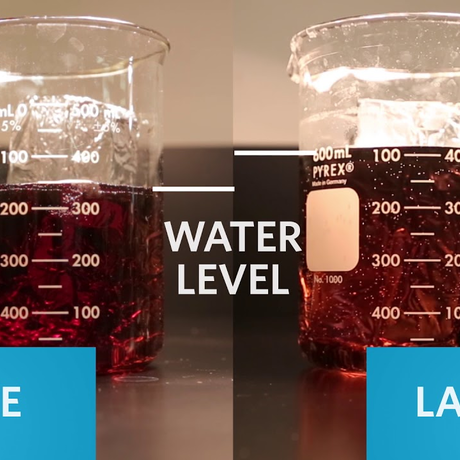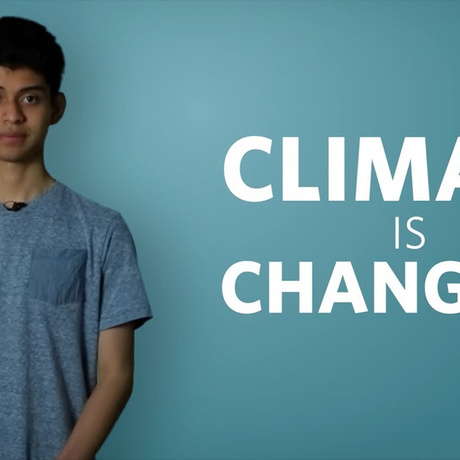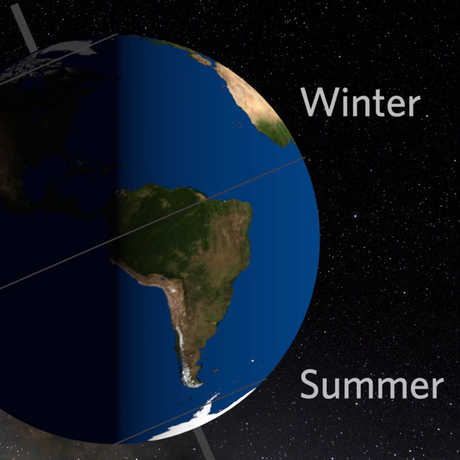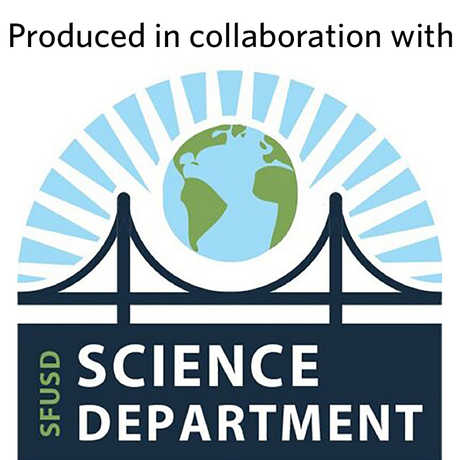
Temperatures on the Moon can fluctuate between boiling during the lunar day to well below freezing at night. Why is Earth's climate so much less extreme?
About This Video
Grade level: 6-12
Length: 4.5 minutes
Next Generation Science Standards: HS-PS3.A, HS-PS3.B, HS-PS4.B
Video Synopsis
The Moon and Earth are virtually the same distance from the Sun, but their surface temperatures can be VERY different. The Moon experiences much more extreme temperature variations between the lunar day and night. What on Earth can account for its more comfy climate? The answer is in the atmosphere.
This video was produced in collaboration with the San Francisco Unified School District as a part of their NGSS-aligned high school chemistry curriculum.
Would you like to use still versions of the energy balance diagrams shown in this video in your teaching? Simply right click on any of the images below and choose 'Save Image As'.
Interactive Simulation: Earth's Energy Balance
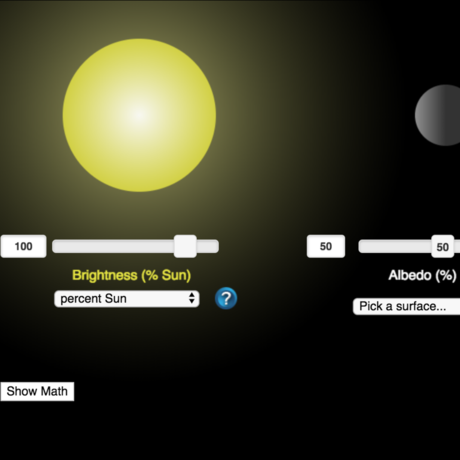
Light from the Sun warms our planet. Earth radiates heat out into the frigid vacuum of space. There is a balance between this warming and cooling that determines the temperature of our home world. Using some fairly straightforward math, we can calculate the temperature of Earth.
Using this simple interactive from the UCAR Center for Science Education, you can try out "what if" scenarios with our planet's energy balance.
Lab Activity: Climate and Earth's Energy Balance
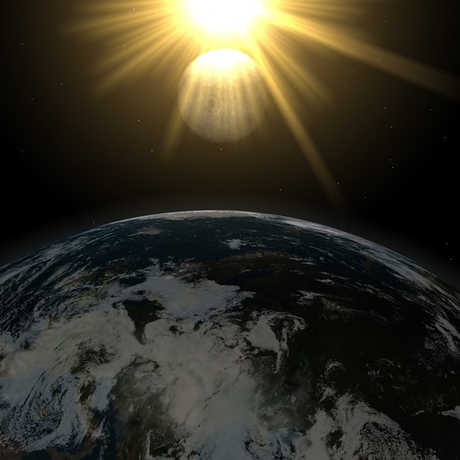
In this lab activity, students learn about Earth's energy balance and how greenhouse gases play a role in Earth's energy system. They also use an online animation of insolation, albedo, and surface temperature over a multi-year period to learn more about the various factors that play a role in this complex system.
Interactive Simulation: The Greenhouse Effect
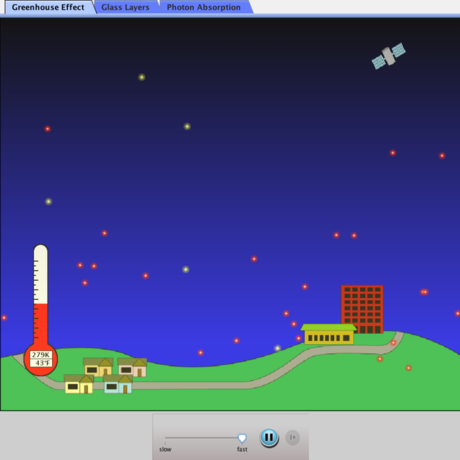
How do greenhouse gases affect the climate? In this interactive simulation from PhET, students can explore the atmosphere during the ice age and today. What happens when you add clouds, or change the greenhouse gas concentration? Zoom in and see how light interacts with molecules. Do all atmospheric gases contribute to the greenhouse effect?
Connections to the Next Generation Science Standards
While this video doesn't necessarily cover the following standards in depth, it is a compelling resource you can use to supplement your curriculum that does.
Disciplinary Core Ideas
- HS-PS3.A Definitions of Energy: Energy is a quantitative property of a system that depends on the motion and interactions of matter and radiation within that system. That there is a single quantity called energy is due to the fact that a system’s total energy is conserved, even as, within the system, energy is continually transferred from one object to another and between its various possible forms. At the macroscopic scale, energy manifests itself in multiple ways, such as in motion, sound, light, and thermal energy.
- HS-PS3.B Conservation of Energy and Energy Transfer: Conservation of energy means that the total change of energy in any system is always equal to the total energy transferred into or out of the system.
- HS-PS4.B Electromagnetic Radiation: When light or longer wavelength electromagnetic radiation is absorbed in matter, it is generally converted into thermal energy (heat).
Share This






